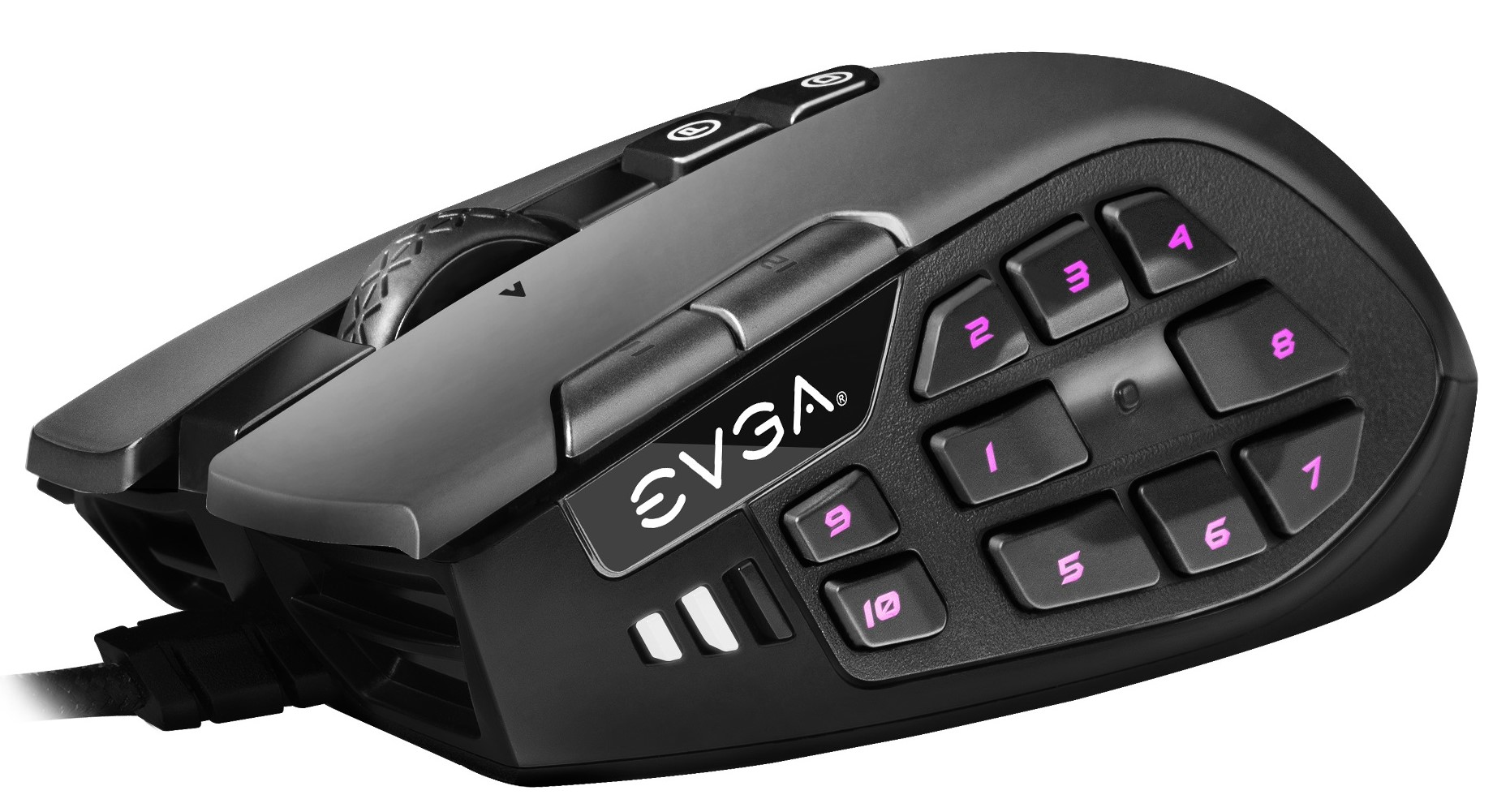When tech gets stale, one thing the industry does to try to get shoppers excited about new products is offer bigger and better specs. In 2021, a lot of focus went into beefing up the speed specs, measured in hertz, of PC peripherals (a hertz, or Hz, is a unit of frequency representing one cycle per second). We saw vendors increase the polling and refresh rates of everyday devices, turning them into advanced pieces of equipment to pique enthusiast interest.
Here's how it all went down.
First, the monitors
2021 was the year of the hertz, but in order to get there, we have to go back to 2020, when the world was introduced to 360 Hz monitors.
Monitors may be the most sensible place to see boosted hertz figures, assuming you're the right audience. For hardcore gamers with the right gear, higher hertz specs mean smoother motion with less choppiness. And if you had a computer that could push out 360 frames per second in certain games, you could finally get a display that could keep up. The best example I can recall of a 360 Hz monitor showing added benefit over slower gaming monitors was when I watched rapidly scrolling text on one. The words were much more legible on the 360 Hz monitor than on a 144 Hz panel, where the characters were more blurred.
For a while, 144 Hz was the gold standard for PC gamers wanting to be taken more seriously. Then we started seeing 240 Hz monitors. In late 2020, monitors with 360 Hz refresh rates, like the Asus ROG Swift 360Hz PG259QN and Acer Predator X25, became available. Today, there are five 360 Hz monitors available. The Alienware AW2521H, MSI Oculux NXG253R, and another Asus SKU with additional accessories and software round out the list.







 Loading comments...
Loading comments...
